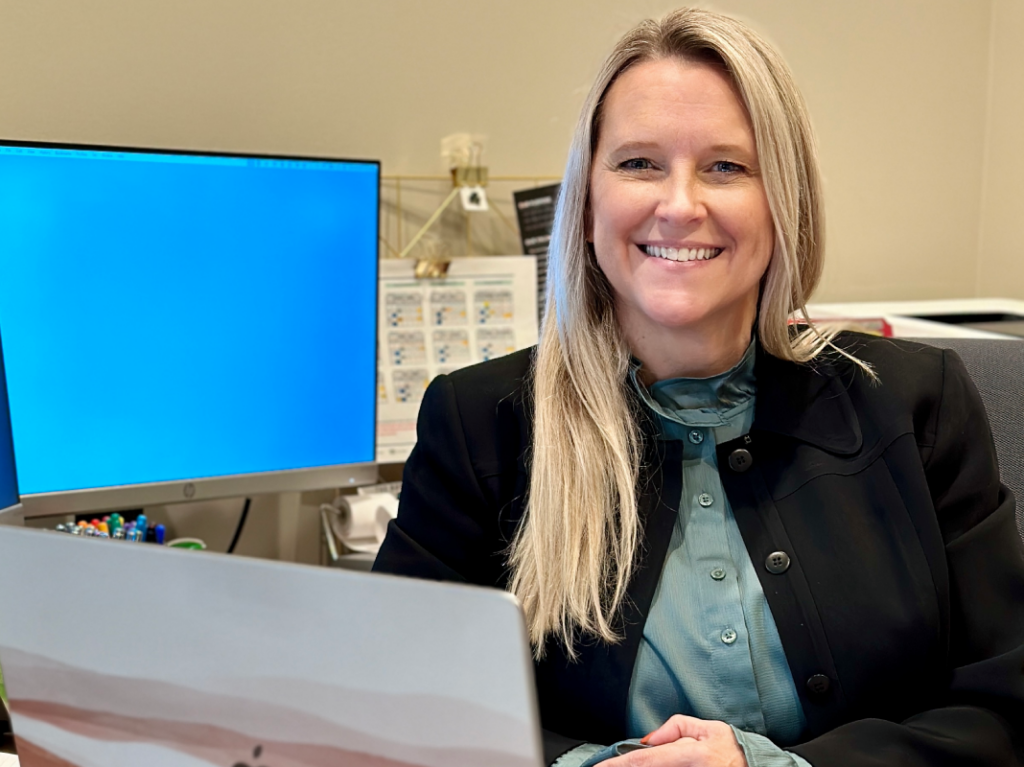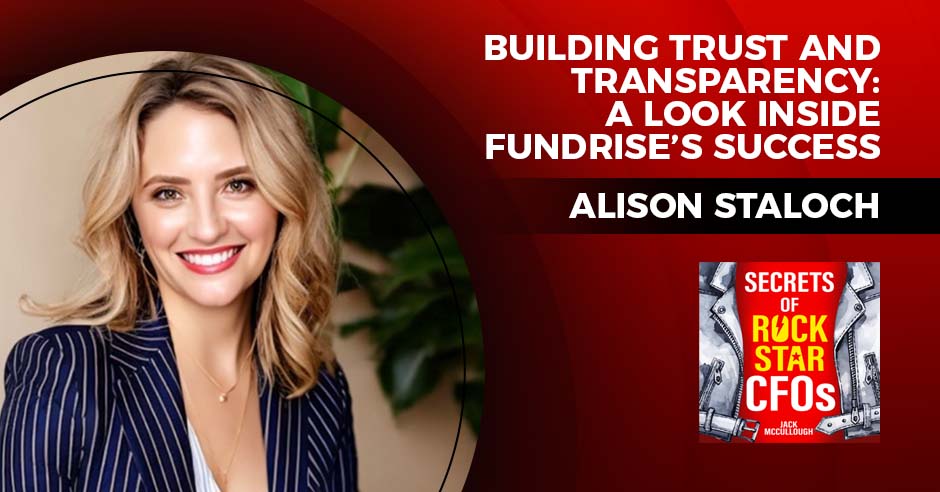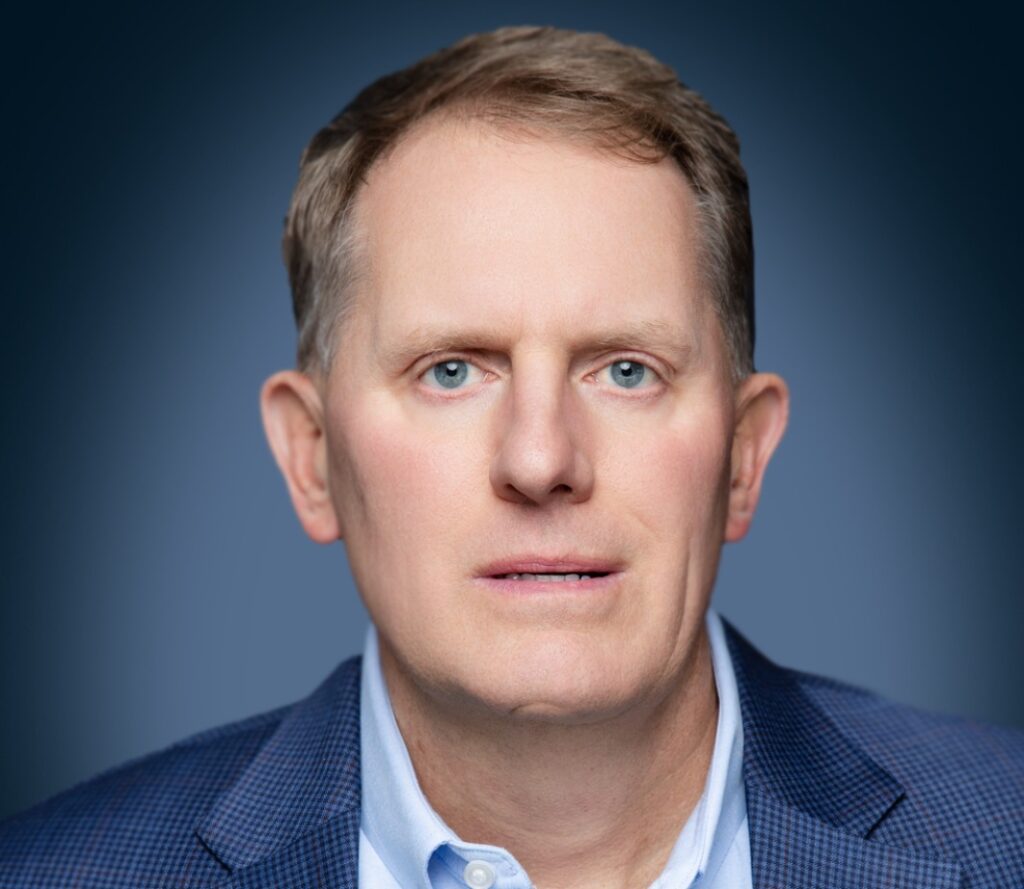 Adam Coffey made sure that CoolSys took many of the same financial steps as most other companies entering the pandemic: cutting expenses, opening the spigot to available credit, and investing enough to move a lot of the company’s work to employees’ homes.
Adam Coffey made sure that CoolSys took many of the same financial steps as most other companies entering the pandemic: cutting expenses, opening the spigot to available credit, and investing enough to move a lot of the company’s work to employees’ homes.
But right after that, the president and CEO of the Brea, California-based HVAC-repair company entered what he called a “second phase” of CoolSys’s financial strategy for 2020 and “looked for chances to turn a global pandemic into an opportunity,” as Coffey put it. That meant seeking out new diversification paths quickly, and “turning on the M&A engine” and acquiring competitors that had run into trouble.
CoolSys is the nation’s largest provider of refrigeration and specialty HVAC repair, with the most vehicles and 70-plus offices in 44 states. It’s part of Ares Management, a private-equity group that also owns or partly owns Neiman Marcus — the iconic luxury retailer that has filed for bankruptcy — and 99 Cents Only dollar stores.
The financial resources and management expertise inherent in the Ares group of companies was a great backstop for CoolSys and the strategy that Coffey, who has been CoolSys chief for nearly four years. But it was up to Coffey to pull levers for an aggressively optimistic strategy to take CoolSys through the pandemic and beyond.
For one thing, he said, the company “looked for strategic pivots where we could turn the global pandemic into an opportunity.” All of CoolSys’s customers stopped doing major capital projects during the onset of the pandemic, Coffey said, but “all the essential-services [verticals] we service continued strong.” He added, “We started installing sneeze guards for some of our customers that were also deemed essential, such as grocery stores. Then, we signed big deals, including 1,000 Walgreens locations.
“We took some lumps,” Coffey conceded, “but offset that with new revenue streams that were offsetting. Net-net, we were essentially flat, and we’ll probably finish the year flat.”
At the same time, Coffey pivoted into acquisition mode, completing two deals within 90 days and hoping to complete another pair of purchases by the end of the third quarter. The company’s liquidity was a great boon in that and, meanwhile, he said, “My competitors aren’t able to get the credit and capacity they need.”
Coffey remained wary that the pandemic could result in further government shutdowns as the year comes to a close. That’s why his “second-phase” strategy focused on “buying companies with a predominance of their customer base being essential businesses.” At the same time, Coffey also is pushing ahead to position CoolSys for a post-Covid-19 future he’s confident will come.
“One of our competitors went bankrupt, and a big chunk of its workforce came to work for us,” he said. “We bought their tools and their equipment and a lot of their assets for pennies on the dollar, and a lot of customers came to us by default.”
Yet, Coffey is glad he didn’t pull the trigger last year on buying a company that relied for about half of its revenue on servicing J.C. Penney properties. The giant Dallas-based retailer, of course, has been devastated by the pandemic.
“Even then we thought that was too much retail concentration, and malls already were dying” before the pandemic laid commercial waste to them this year, Coffey said. “We also had been careful pre-Covid to stick to our knitting, to work with customers who had mission-critical needs and shy away from heavy retail exposure. That’s born out to be a good strategy.”








